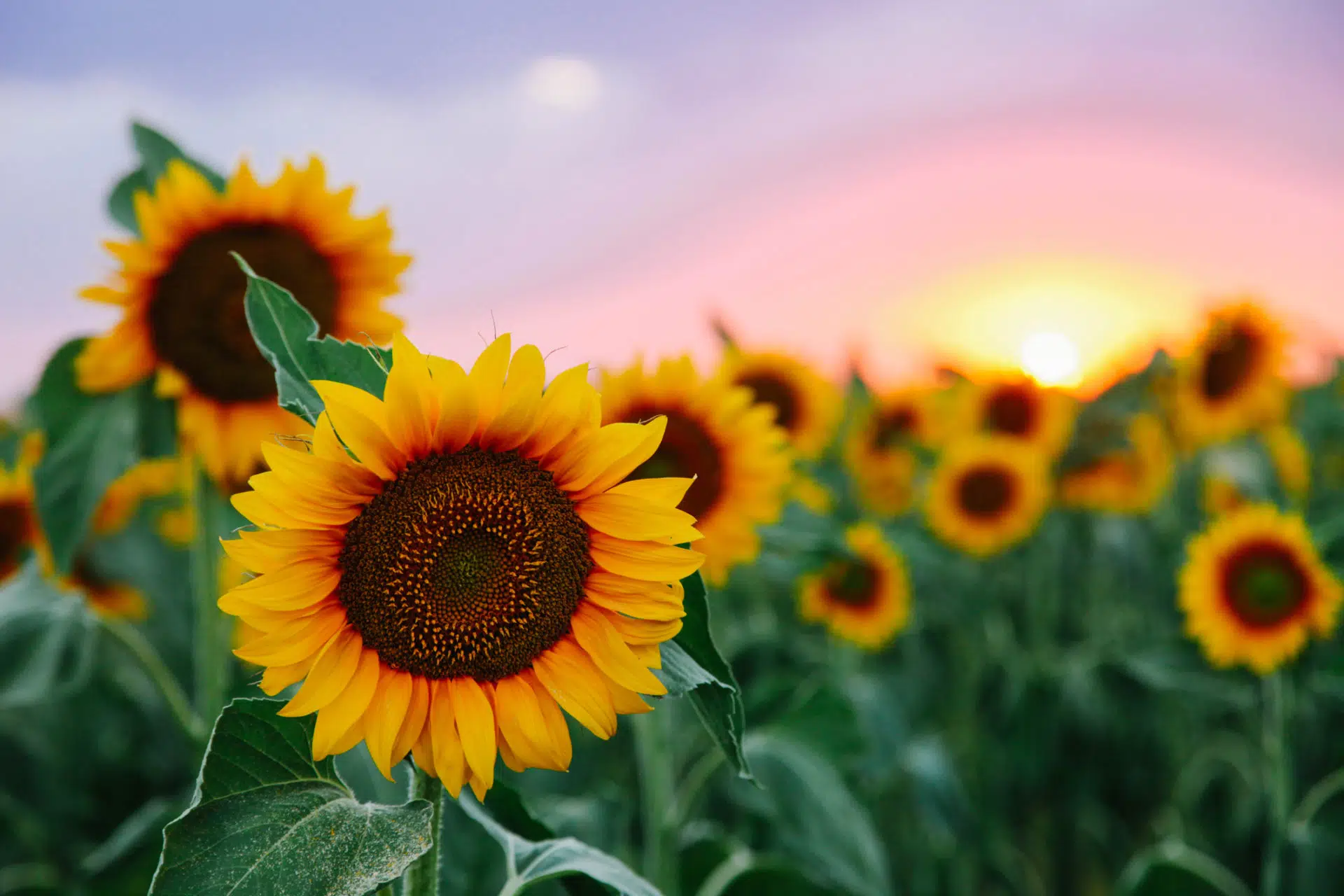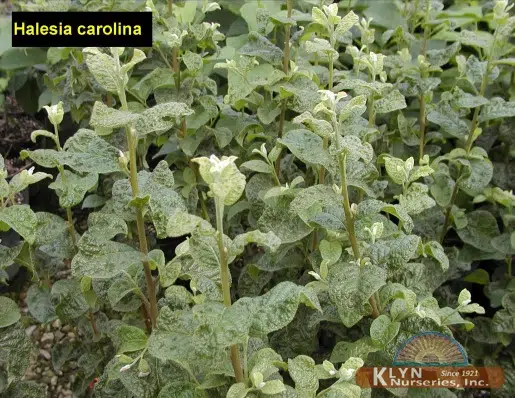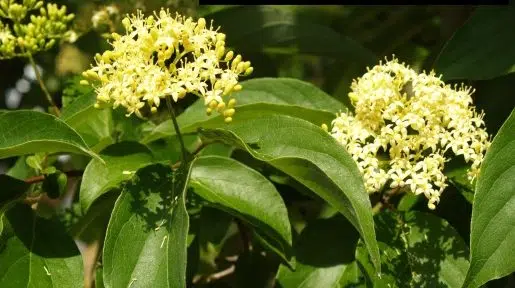Trees
Native to Eastern North America

Looking for something in particular? Click here to search.

Quercus bicolor
Swamp White Oak
Quercus bicolor is an excellent tree for the heavy, seasonally wet soils of northeast Ohio. Although pin oak, Q. palustris is much more common in our landscapes, the ruggedly handsome... more

Fagus grandifolia
American Beech
American beech (Fagus grandifolia) is a tree native to eastern North American. The geographic range of American beech extends to Nova Scotia, southern Quebec and Ontario in the north; to... more

Tsuga canadensis
Canada Hemlock
The geographic range of Canada hemlock in North America extends from southern Quebec, New Brunswick, and Nova Scotia down the Appalachian Mountains into northern Georgia and over to Michigan in... more


Quercus alba
Quercus alba (white oak)
Pyramidal when young, upright rounded to broad-rounded habit with wide-spreading branches at maturity. Foliage is dark green changing in fall from brown to reddish-purple. Majestic native tree for large areas. Prefers... more

Carya laciniosa
Carya laciniosa (shellbark hickory)
Shellbark hickory, a.k.a. kingnut is native from western New York to Iowa, south to Georgia and Texas. Although widely distributed, it is not common, certainly not in Holden’s natural areas... more

Carya cordiformis
Carya cordiformis (bitternut hickory)
According to Klyn Nursery, “This Ohio native is one of the faster-growing hickories. It will eventually become a slender tree with an irregular, cylindrical crown of stiff ascending branches. The interesting bark is gray to brown and shallowly-furrowed. The tree is salt tolerant, and... more

Viburnum prunifolium ‘Dark Tower’
Viburnum prunifolium ‘Dark Tower’ (blackhaw viburnum)
According to Klyn Nursery, “Viburnum prunifolium Dark Tower™ is a truly unique blackhaw viburnum with thick dark green glossy foliage covering the pyramidal form of this small, under the wire tree. It readily forms a central leader... more

Halesia caroliniana ‘Arnold Pink’
Halesia caroliniana ‘Arnold Pink’ (pink silverbell)
Similar to the straight species but…PINK! This unique form of Halesia features large 3/4 in. rose pink flowers which dangle delicately from the branches. A strong grower, it makes an excellent focal plant in a garden... more

Halesia caroliniana
Halesia caroliniana (Carolina silverbell)
White bell-shaped flowers in May profusely borne along the branchlets. Dry winged fruits in fall. Prefers rich, well-drained soil and full sun to partial shade. Nice small tree for the shrub and... more

Quercus shumardii
Shumard oak
Shumard oak is a medium sized, deciduous tree in the red oak group. It performs well in full sun, average soil and tolerates a variety of moisture conditions. Pyramidal in youth but spreads to a... more

Cornus drummondii ‘Lemon Drop’
Grey dogwood
The dogwood selection is easily grown in a wide range of soils in full sun to part-shade. In late summer and early fall the fruit develop into clear yellow that contrast nicely against... more

Cercis canadensis ‘Covey’
Weeping redbud
According to Missouri Botanical Garden “’Covey’ is a very small weeping cultivar noted for its absence of an upright leader and for its dense umbrella-shaped crown with contorted stems and... more

Aesculus flava
Yellow buckeye
Yellow buckeye is the largest of the buckeyes. It has an irregular to upright-oval crown and is considered a canopy tree. If left to achieve its natural form, the sturdy branches will commonly sweep the ground. The bark often exfoliates with... more

Acer x freemanii ‘Celebration’
Freeman’s Maple
The selection has a contoured, upright, uniform branching structure with a good central leader and rarely requires pruning to maintain its naturally symmetrical form. It’s known for being disease resistant, tolerant of urban pollution... more

Ulmus americana
American elm
American elm is native from Saskatchewan to Nova Scotia south to Texas and Florida. It was the first tree planted at the Holden Arboretum in 1931. That tree, a scion... more

Betula alleghaniensis
Yellow Birch
Yellow birch is a striking native tree found in a number of the spectacular natural areas of The Holden Arboretum. Mature trees may be seen on Little Mountain where their... more

Magnolia acuminata
Cucumbertree
Magnolia acuminata is a magnificent native of ancient lineage. It is a fine choice for Northeast Ohio landscapes given its bold foliage, inconspicuous green or cheery yellow flowers, and attractive... more



Aesculus parviflora
Bottlebrush Buckeye
Aesculus parviflora, bottlebrush buckeye is my favorite shrub. It is a native of the southeastern United States, primarily to Alabama. The genus Aesculus and the maples, Acer, recently have been lumped into the... more







